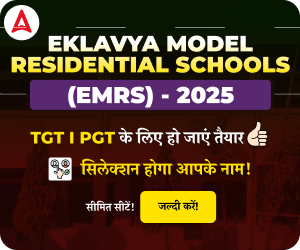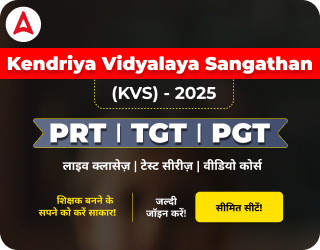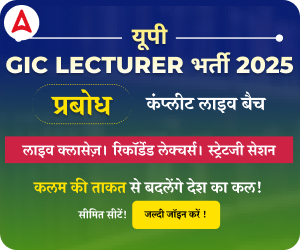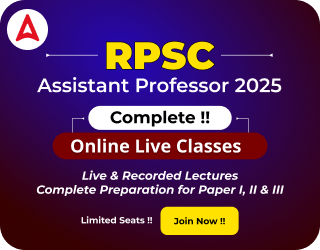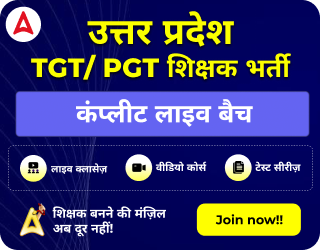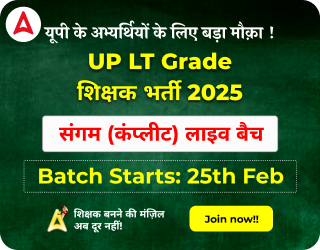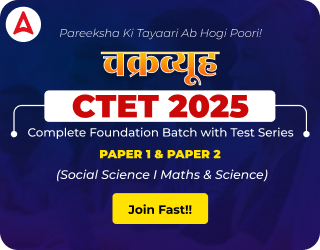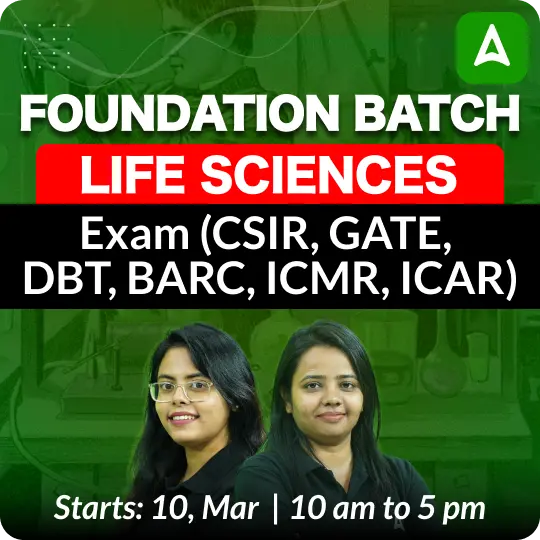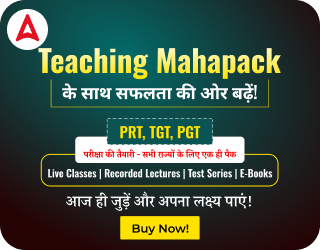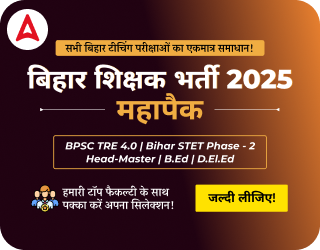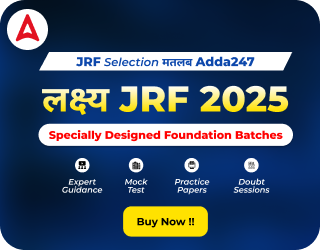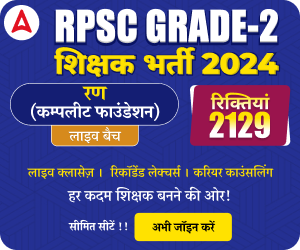Table of Contents
The Railway Recruitment Board (RRB) conducts the Railway Teacher Exam to recruit candidates for various teaching positions. For roles like Assistant Teacher and other teaching positions, having a strong understanding of Education Technology is essential, as it plays an important role in delivering interactive and effective learning experiences being a plus point for their job profile. To help candidates master this section, we have compiled RRB Teacher Education Technology Questions with Detailed Solutions. These questions will provide valuable insight into the exam pattern, difficulty level, and key focus areas, enabling candidates to score well and strengthen their teaching abilities.
Railway Teacher Education Technology Questions
Education Technology is a scoring yet vital section in the RRB Teacher Exam for Assistant Teacher positions. Candidates must be well-versed in teaching-learning materials, multimedia teaching aids, remedial teaching strategies, and digital education tools to perform well in this section. To facilitate effective preparation, we have compiled 30 RRB Teacher Education Technology Questions, covering all important topics. Here, we are providing 10 sample questions for quick practice, and the complete set of 30 questions can be downloaded from the PDF link below. Practising these questions will enhance conceptual clarity and boost confidence for the actual exam.
RRB Teacher Education Technology Questions with Solutions
To support candidates in their preparation, we have compiled 30 RRB Teacher Education Technology Questions with detailed solutions. Below, we are providing 10 questions to help you get a quick insight into the exam pattern, difficulty level, and key topics covered in this section. These questions will strengthen your understanding of modern teaching tools, digital learning strategies, and effective classroom technology integration. Practicing them will enhance your confidence, improve time management, and ensure you are well-prepared to tackle the Education Technology section in the exam.
Q1. What does PARAKH stand for?
(a) Performance Assessment, Review, and Analysis of Knowledge for Holistic Development
(b) Performance Analysis, Review, and Knowledge for Higher Development
(c) Practical Assessment, Review, and Knowledge for Holistic Development
(d) Performance Assessment, Review, and Knowledge for Higher Development
Q2. PARAKH is an initiative under which organization in India?
(a) NCERT
(b) CBSE
(c) UGC
(d) AICTE
Q3. What is the primary objective of PARAKH?
(a) To replace traditional exams with online assessments
(b) To standardize school education assessments across India
(c) To focus solely on vocational training
(d) To promote international education standards
Q4. PARAKH aims to align India’s educational assessment system with which global framework?
(a) PISA (Programme for International Student Assessment)
(b) TIMSS (Trends in International Mathematics and Science Study)
(c) UNESCO’s Education for Sustainable Development
(d) OECD’s Global Education Monitoring Report
Q5. Which of the following is a key feature of PARAKH?
(a) Introduction of AI-based grading systems
(b) Uniform assessment standards for all states and boards
(c) Elimination of board exams
(d) Focus only on STEM subjects
Q6. PARAKH is part of which larger policy framework in India?
(a) National Education Policy (NEP) 2020
(b) Right to Education Act (RTE) 2009
(c) Sarva Shiksha Abhiyan (SSA)
(d) Rashtriya Madhyamik Shiksha Abhiyan (RMSA)
Q7. What is one of the challenges PARAKH aims to address in India’s education system?
(a) Lack of schools in rural areas
(b) Disparity in assessment standards across boards
(c) Overemphasis on extracurricular activities
(d) High dropout rates in primary education
Q8. PARAKH will focus on assessing which of the following skills in students?
(a) Only academic knowledge
(b) Academic knowledge, critical thinking, and life skills
(c) Only vocational skills
(d) Only extracurricular achievements
Q9. Which of the following is NOT a goal of PARAKH?
(a) Reducing the emphasis on rote learning
(b) Standardizing evaluation methods across boards
(c) Replacing all state boards with a single national board
(d) Promoting fair and equitable assessment practices
Q10. How will PARAKH benefit students in India?
(a) By increasing the number of exams
(b) By ensuring fair and consistent evaluation across boards
(c) By focusing only on theoretical knowledge
(d) By reducing the importance of board exams
Solutions
S1. Ans.(a)
S2. Ans.(a)
S3. Ans.(b)
S4. Ans.(a)
S5. Ans.(b)
S6. Ans.(a)
S7. Ans.(b)
S8. Ans.(b)
S9. Ans.(c)
S10. Ans.(b)
Download RRB Teacher Education Technology Questions With Detailed Solutions PDF
To help candidates master the Education Technology section, we are providing a comprehensive set of 30 RRB Teacher Education Technology Questions with detailed solutions in a downloadable PDF format. This PDF includes essential topics like digital learning tools, multimedia integration, ICT in education, and effective teaching strategies.
| RRB Teacher Education Questions PDF | |
| Subject | PDF Link |
| RRB Teacher Education Technology Questions With Detailed Solutions PDF | Download PDF |
| 200 Questions Master PDF for Education | Download PDF |
How to Use RRB Teacher Education Technology Questions?
Practising RRB Teacher Education Technology Questions is essential to strengthen your grip on educational tools and digital learning methodologies. Here’s how to use them effectively:
- Understand the Exam Pattern: Analyze the question types and difficulty level to strategize your preparation.
- Practice Daily: Solve at least 5–10 questions daily to improve speed and accuracy.
- Focus on Weak Areas: Identify topics you struggle with and revise them thoroughly using the solutions provided.
- Time Yourself: Attempt the questions in a timed manner to improve efficiency during the actual exam.
- Analyze Solutions: Review the detailed solutions to enhance conceptual clarity and learn the best approaches to solving questions.

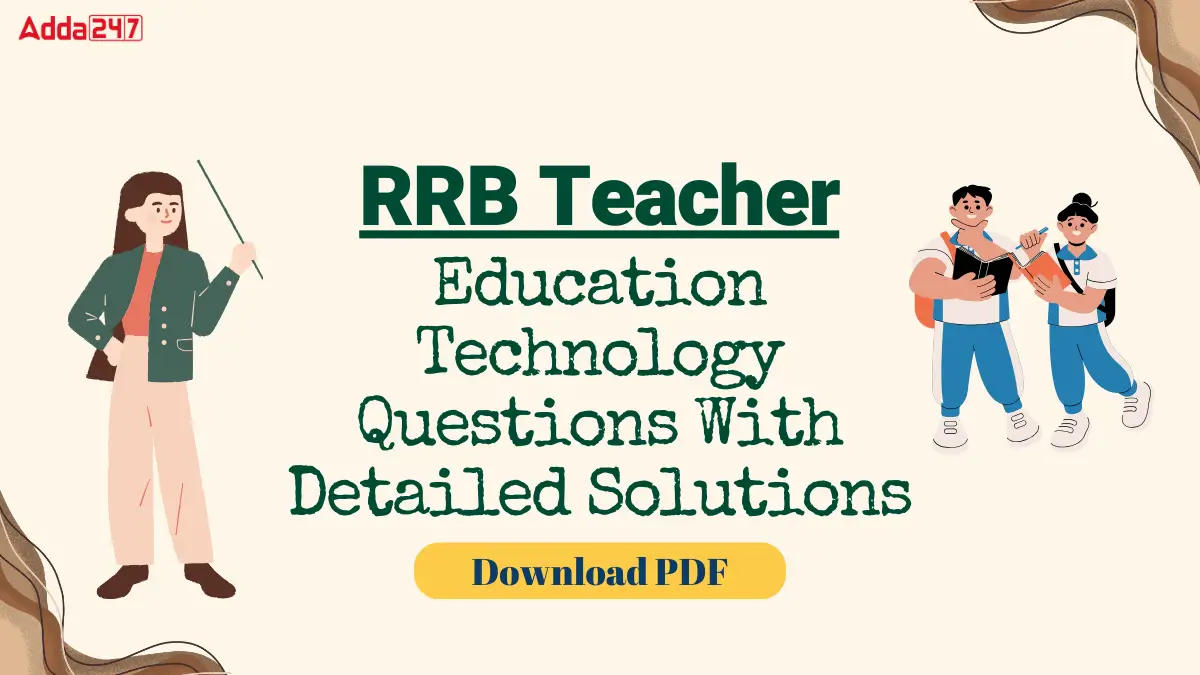
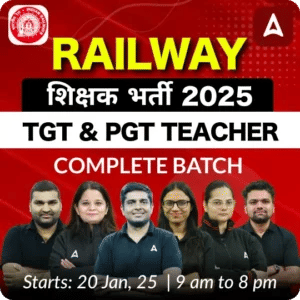

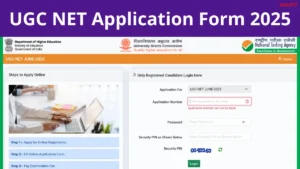 UGC NET Application Form 2025 Starts for...
UGC NET Application Form 2025 Starts for...
 Can DELED Qualified Candidates Apply for...
Can DELED Qualified Candidates Apply for...
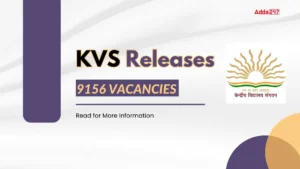 KVS Recruitment 2025 Out, Check Kendriya...
KVS Recruitment 2025 Out, Check Kendriya...
